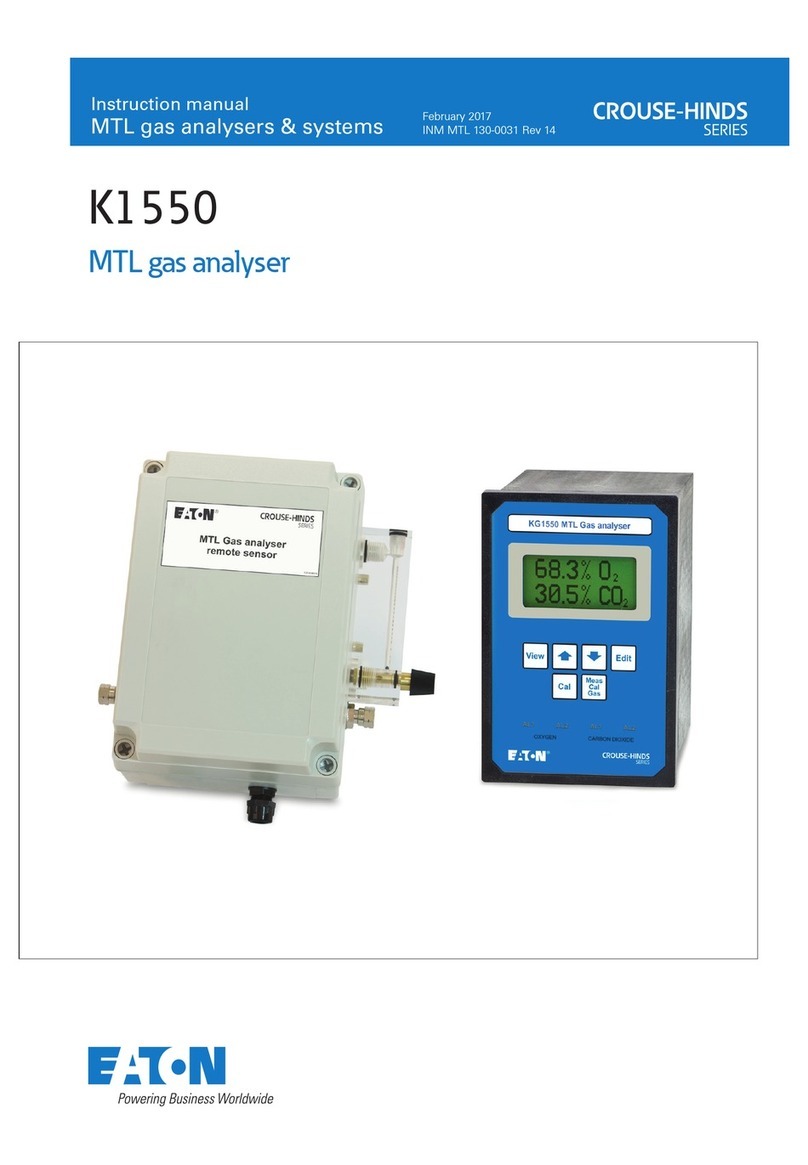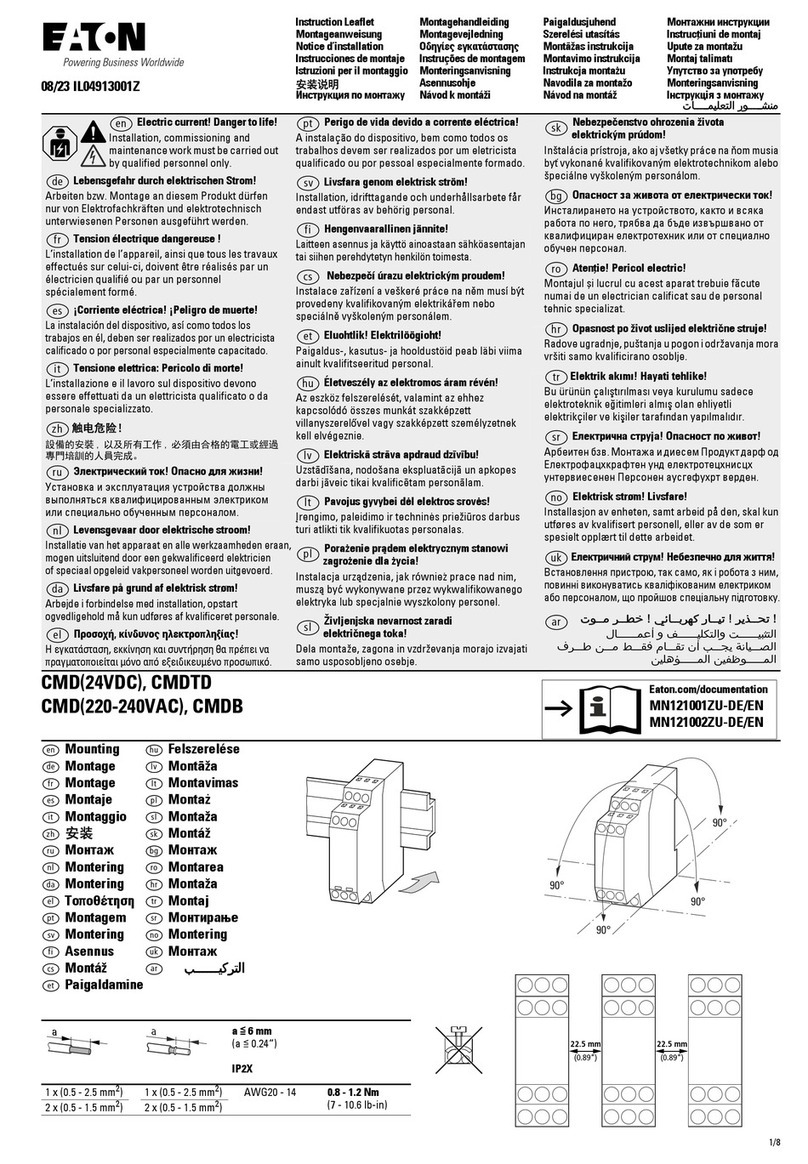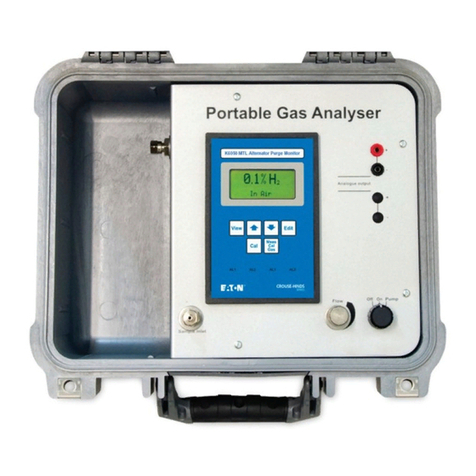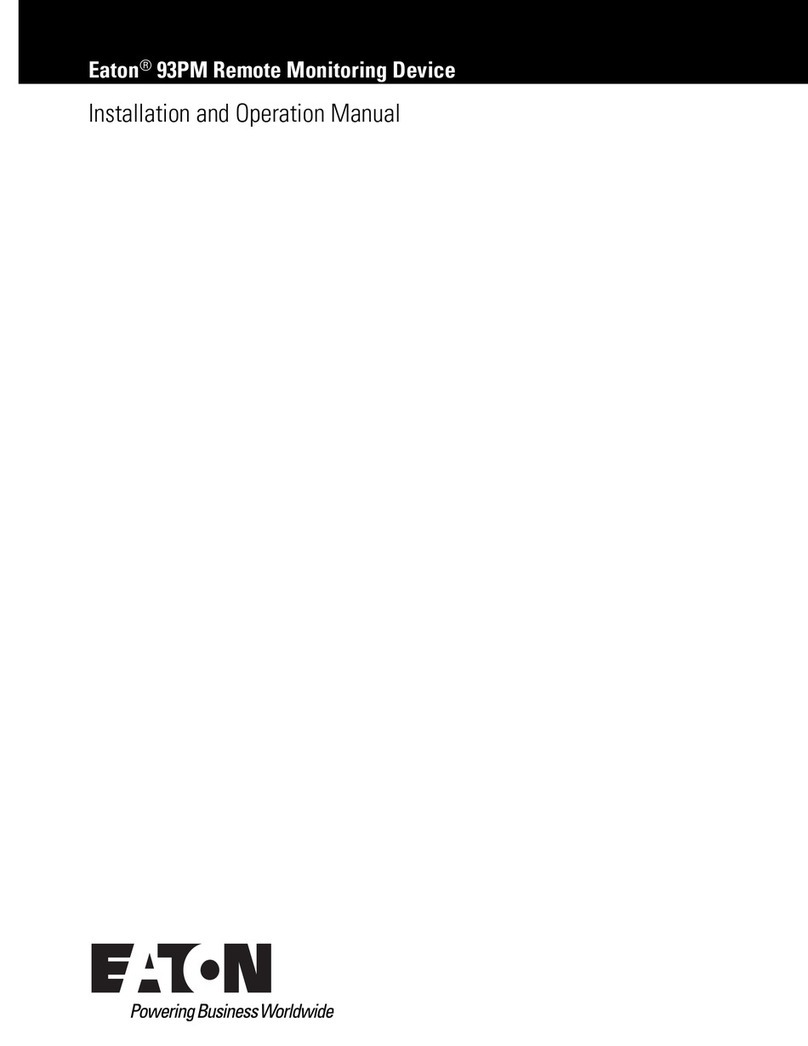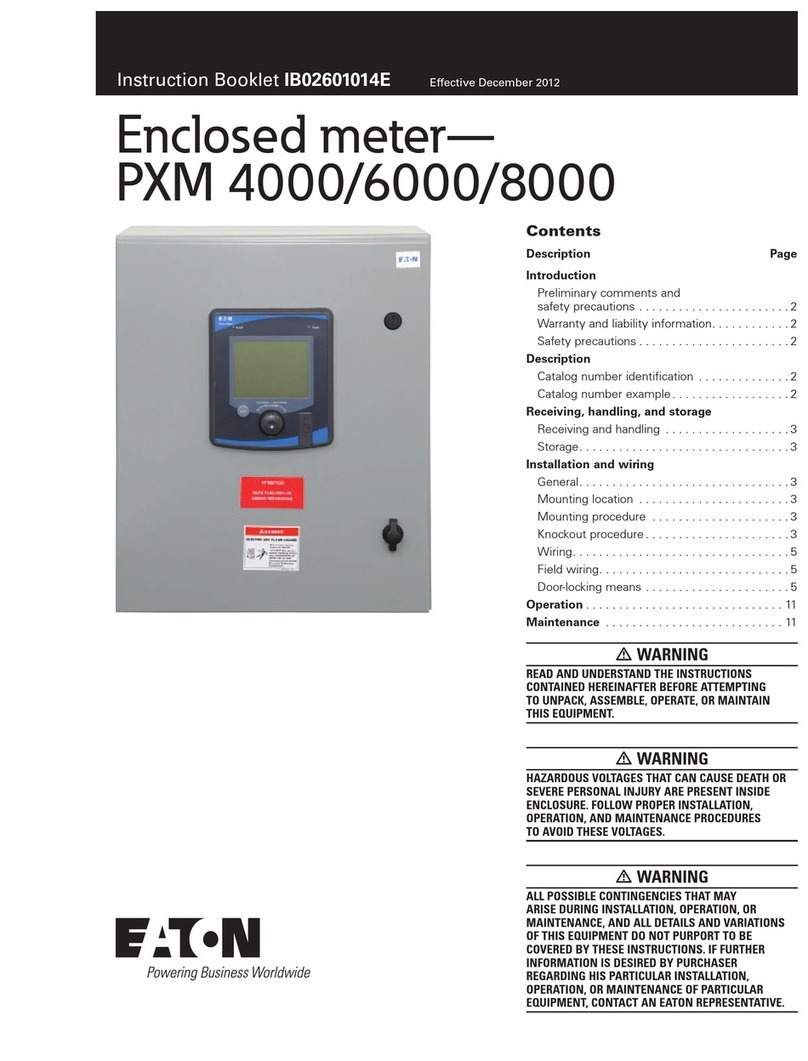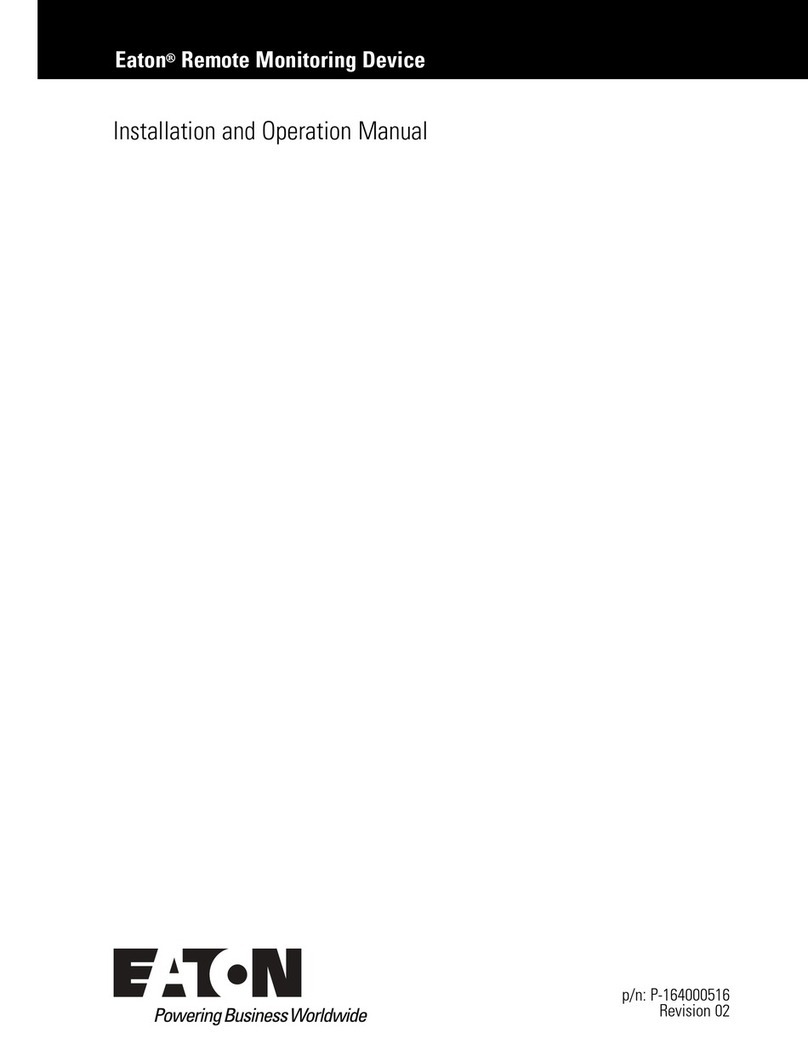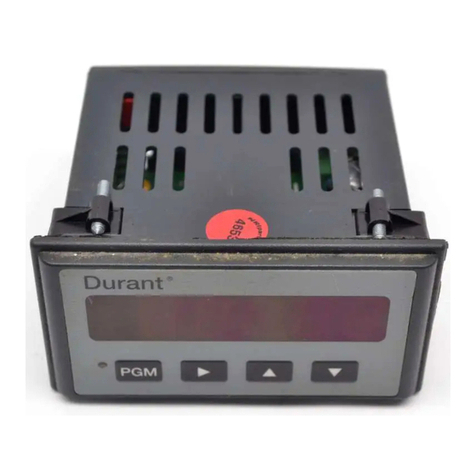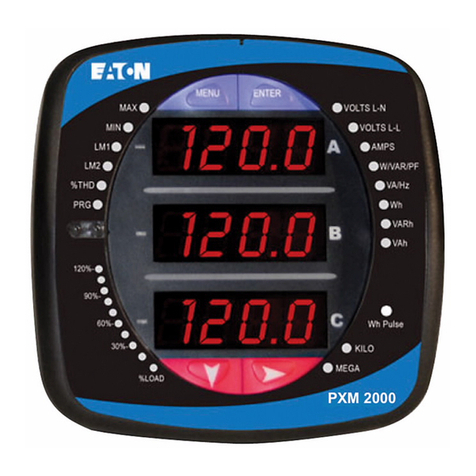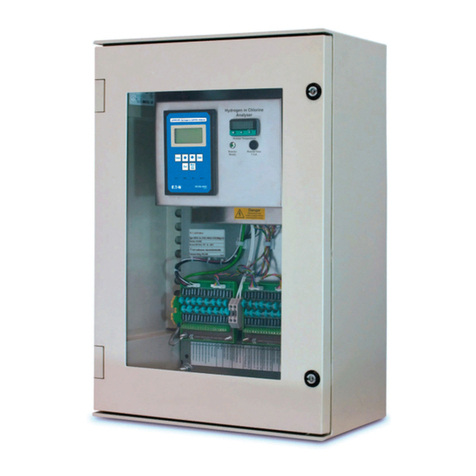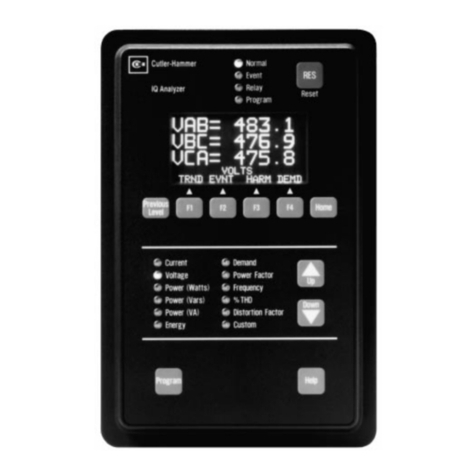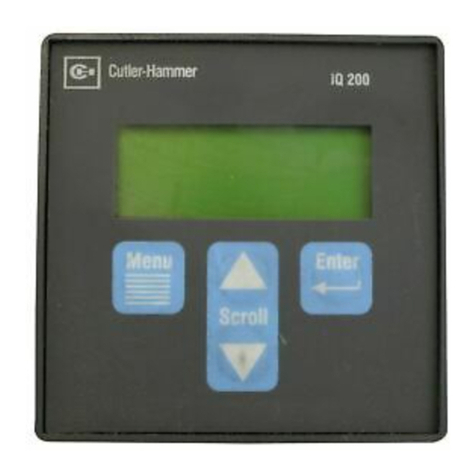
INM MTL 130-0116 Rev 14 iii
CONTENTS
DECLARATION OF CONFORMITY . . . . . . . . . . . . . . . . . . . . . . . . . . . . . . . . . . . . . . . . . . . . . . . . . . . . . . . . ii
1 INTRODUCTION ....................................................................1
1.1 Manual symbols ...........................................................................1
1.2 Information ...............................................................................1
2 SPECIFICATION.....................................................................2
2.1 Display...................................................................................2
2.2 Display and output ranges G1010 and G1010R ..................................................2
2.3 Stability ..................................................................................2
2.4 Cell life...................................................................................2
2.5 Sample flow ..............................................................................2
2.6 Sample pressure...........................................................................2
2.7 Sample temperature .......................................................................3
2.8 Sample connections........................................................................3
2.9 Speed of response .........................................................................3
2.10 Analogue output...........................................................................3
2.11 Alarm outputs .............................................................................3
2.12 Environmental conditions ...................................................................3
2.13 Supply voltage ............................................................................3
2.14 Mounting.................................................................................3
2.15 Dimensions ...............................................................................3
3 INSTALLATION .....................................................................4
3.1 Unpacking and visual checking...............................................................4
3.2 Mounting.................................................................................4
3.3 Power supply .............................................................................4
3.4 Connections ..............................................................................4
3.5 Sample connections........................................................................5
3.6 Cell characteristics .........................................................................9
3.7 Cell installation ...........................................................................10
3.8 Alarm contacts ...........................................................................10
3.9 Mounting and connecting remote sensor version ..............................................10
4 COMMISSIONING .................................................................11
4.1 Applying power ..........................................................................11
4.2 Programming ............................................................................11
4.3 Applying the sample ......................................................................12
4.4 Error messages...........................................................................13
5 MAINTENANCE AND CALIBRATION CHECKS ...........................................15
5.1 Typical cell life ...........................................................................15
5.2 Calibration...............................................................................15
5.3 Cell replacement - overview ................................................................18
6 SPARES AND REPAIRS..............................................................20
6.1 Ordering parts............................................................................20
6.2 Storage of measuring cell ..................................................................20
6.3 Product- end of life .......................................................................20

